The Incredible Ropa Vieja We Made From 30 Top Recipes
- March 2021
- By Michelle Ezratty Murphy
- Recipe from Cuba
-
- (4)

My Puerto Rican husband Pat loves ropa vieja and there is never a time we go to a Cuban restaurant that he doesn’t order it. I set out to find a family recipe for ropa vieja so we can make it at home.
But I was unsuccessful.
Some family members said they have never made it before. Others had a good, but very basic recipe that looked more like Yankee stew without the potatoes. So my husband and I began to do a little research from our Cuban friends and online recipes. We found a ton of different techniques and ingredients, almost as if there really wasn’t a standard recipe.
The History of Ropa Vieja
To our surprise, we found out that ropa vieja can be traced back 500 years. Cuba’s national dish originated with the Sephardic Jews in Spain, who because of strict Jewish Sabbath laws, could not cook on Saturdays. They would slow cook a meal the day before that could be eaten as leftovers the next day, on the Sabbath. When the Spanish Jews began to migrate to Cuba from the Canary Islands off of the Iberian Peninsula in the early 1900s, they brought their recipes with them. The dish we know as ropa vieja today has been influenced by Morrocon, Spanish, Portugese and Turkish cooks.
While Pat and I compared more than 30 ropa vieja recipes, we realized they all follow the basic recipe for a stew, while using a limited range of different ingredients depending on the country where the recipe originated from. So Pat and I developed our own version of ropa vieja with our favorite flavors and ingredients from the Middle East and Spain, as well as those that you would find in recipes closer to home: the Dominican Republic, Puerto Rico and of course: Cuba. Our ropa vieja includes a mix of spices and ingredients like allspice, achiote oil, lemon, cumin, adobo and cubanelle peppers. We married all the sabores and brought them together to make a hearty and flavorful dish that is not only delicious, but our new favorite recipe.
Serve ropa vieja with a side of white rice, arroz con gandules or plantains—maduros or tostones.
I told the story about the ropa vieja origin to my dad, and he said he already knew! He said my Sephardic grandmother, who was from Turkey, made it for Dad and my aunts and uncles in their tiny NYC apt in the 1940s! I never even knew. My dad said I have to make it for him the next time I visit. How is it possible that this recipe has so many connections to so many parts of our family?
Pat loves this recipe so much, he thinks it might even be better than the ropa vieja he loves to order at our favorite Cuban restaurant 45 minutes away. We’ll report back!
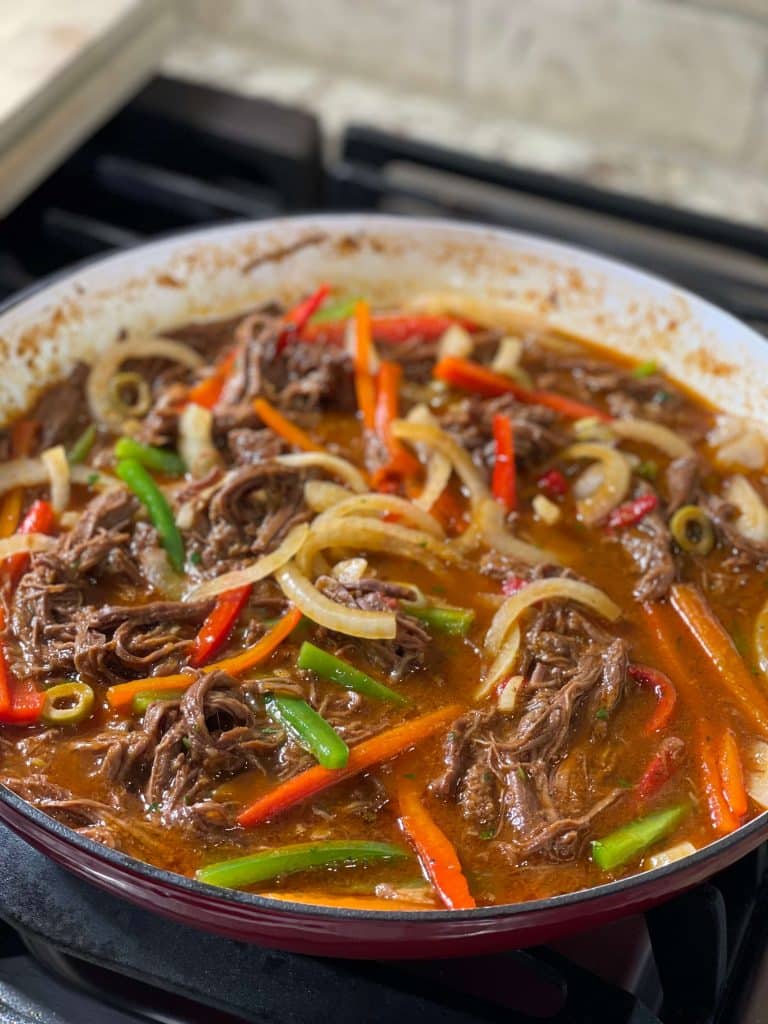
Like This

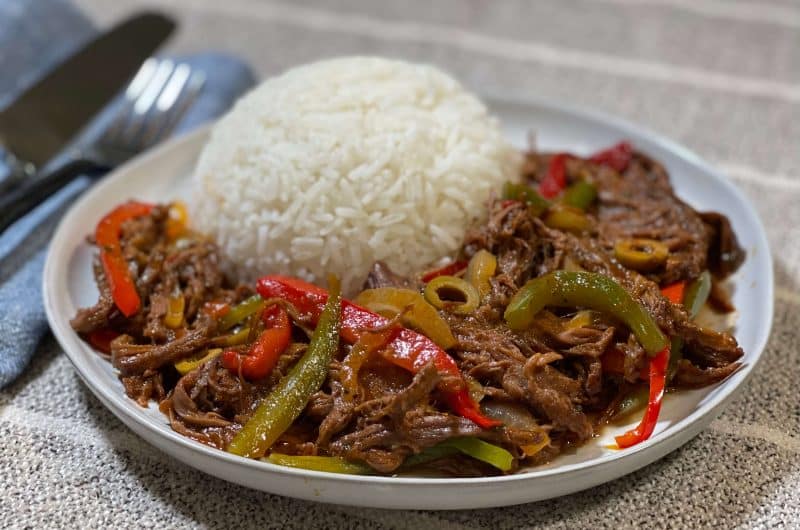

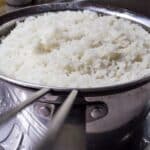
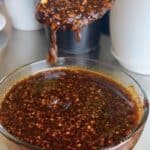

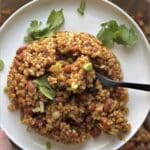
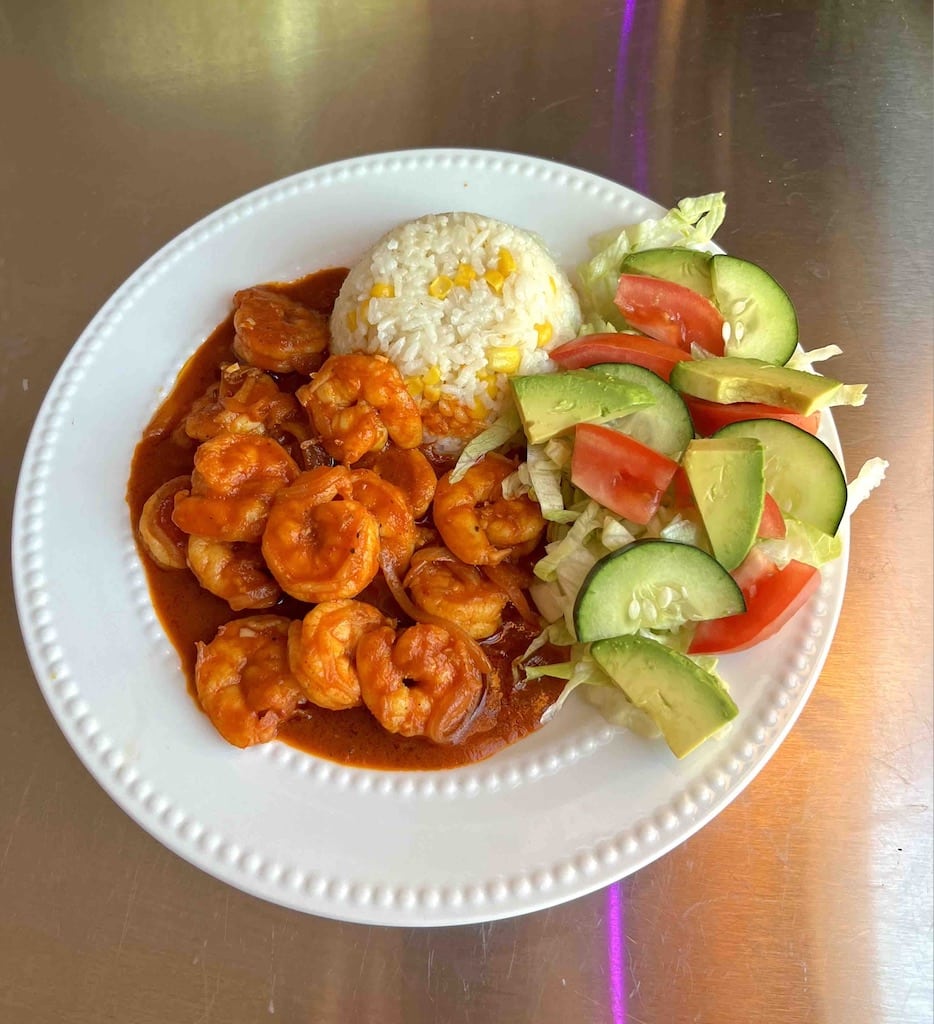
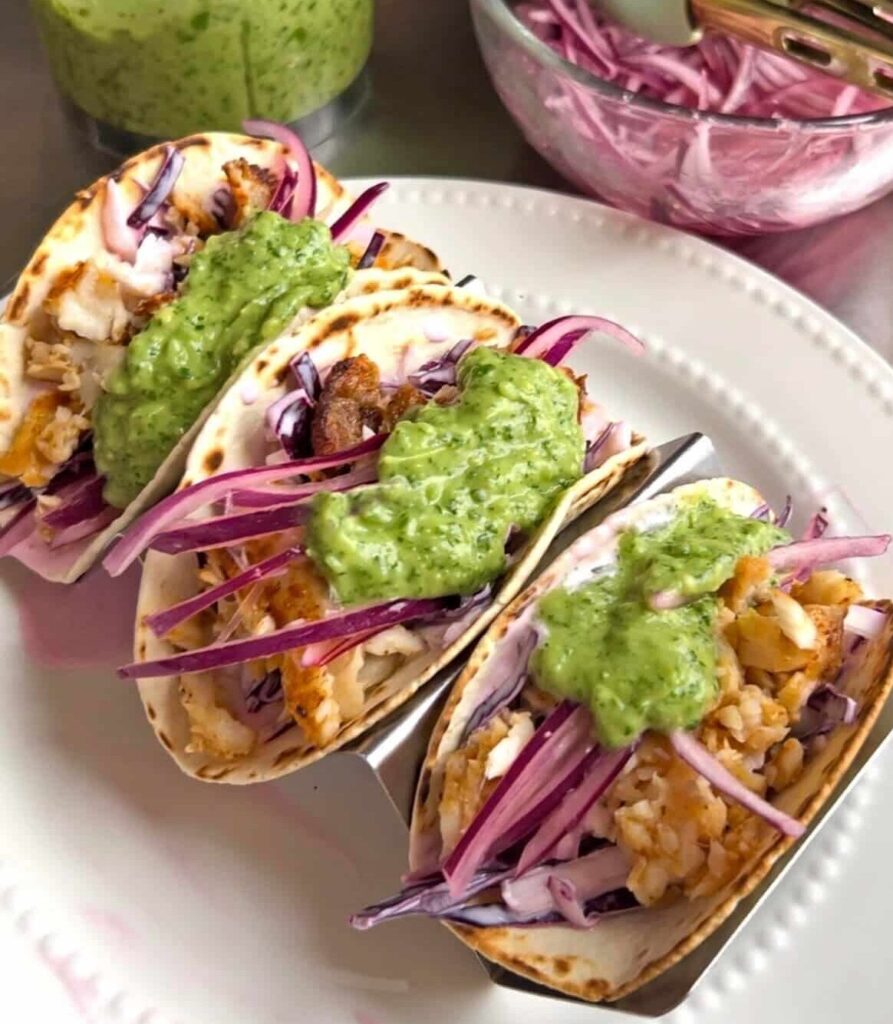
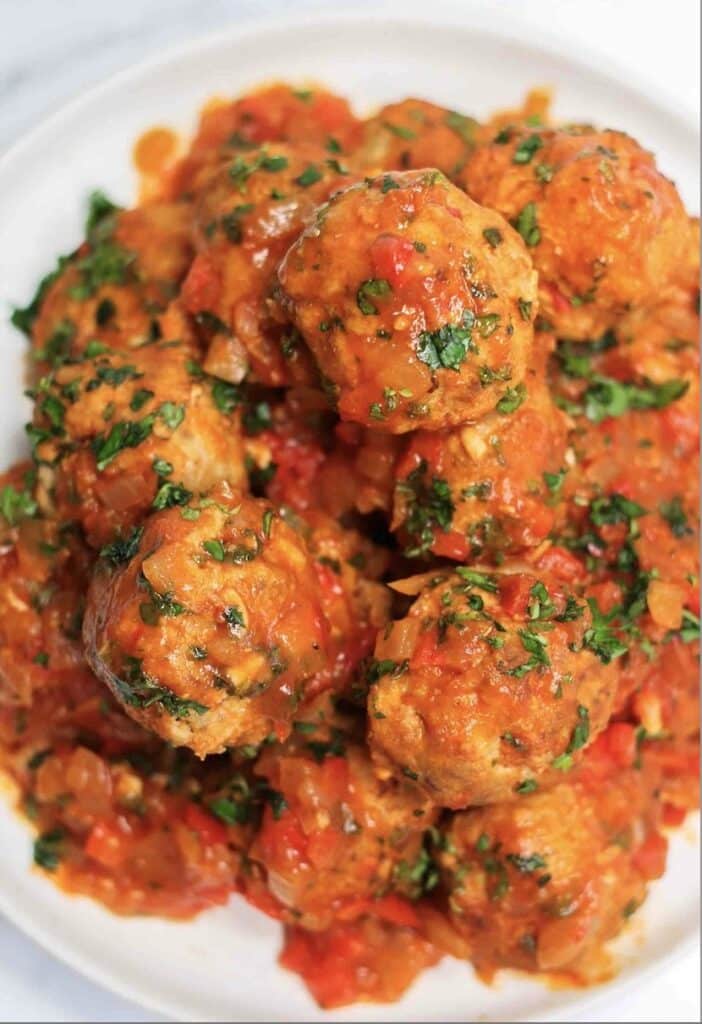
Got a question or suggestion?
Please rate this recipe and leave any tips, substitutions, or Qs you have!